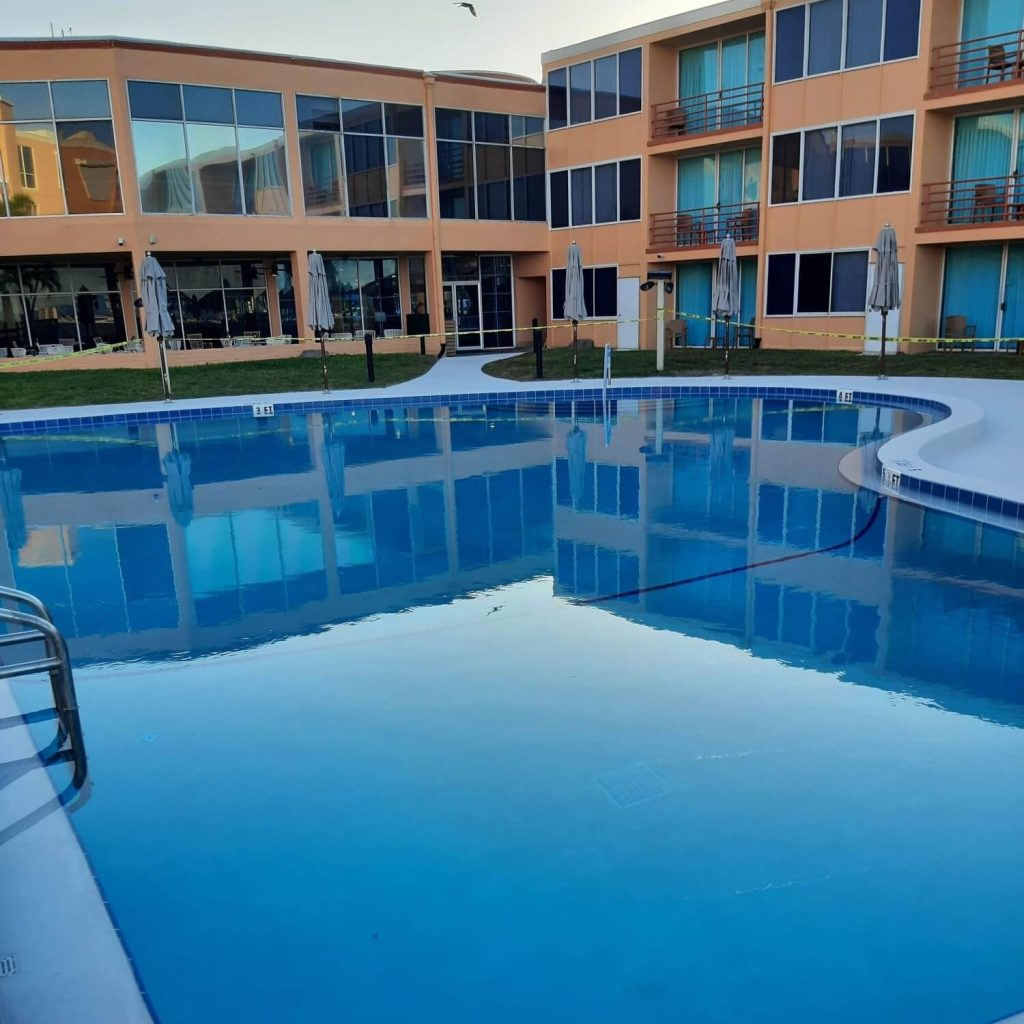Condominium HVAC systems represent one of the most critical yet frequently overlooked components affecting comfort and long-term ownership costs. Unlike cosmetic features that might influence initial appeal or the Skye At Holland Price, heating and cooling systems directly impact daily livability and can trigger substantial unexpected expenses when problems arise. Understanding the specific type of system, its maintenance history, and control limitations before purchase helps prevent unpleasant surprises that might compromise comfort and budget after closing.
System types matter
Condominium HVAC configurations vary dramatically across buildings, with significant performance and ownership responsibility implications. Individual systems provide complete control but place full replacement costs on unit owners, while central systems offer reliability advantages with less personal control. These fundamental design differences affect everything from monthly utility costs to maintenance responsibilities and upgrade options. Individual systems typically consist of self-contained heat pumps, through-wall units, or split systems serving only your specific unit. These configurations provide complete temperature control and usage-based utility costs but place full maintenance and replacement expenses on individual owners. Central systems, conversely, serve multiple units from shared equipment, typically offering greater efficiency and reliability but less personalised control and usage-based billing. Mixed systems combining central heating with individual cooling represent a third configuration with unique advantages and limitations worth understanding before purchase.
Maintenance history reveals
Maintenance records provide crucial insights into system condition beyond what visual inspection can detect. Regular professional servicing significantly extends equipment lifespan while improving efficiency and reliability. Conversely, neglected maintenance often leads to premature failure and reduced performance regardless of the system’s age or specifications. Request these critical maintenance documents before purchase:
- Service records for the past three years
- Filter replacement schedule and documentation
- Major repair history and component replacements
- Professional inspection reports
- Refrigerant recharge history indicating potential leaks
These records help forecast remaining useful life more accurately than simple age-based estimates. Systems receiving regular professional maintenance typically last 5-7 years longer than neglected equipment, representing thousands in deferred replacement costs. This maintenance advantage proves particularly valuable for buyers comparing units with systems of similar ages but different service histories.
Replacement cycles approach
All HVAC components have predictable lifespans requiring eventual replacement regardless of maintenance quality. Understanding where specific equipment falls within these cycles helps anticipate major expenses and potential comfort disruptions during your ownership period. These replacement timelines vary significantly between system types and equipment quality levels. Review these typical lifespan ranges for standard HVAC components:
- Heat pumps: 10-15 years, depending on quality and usage
- Air handlers: 15-20 years with proper maintenance
- Ductwork: 25+ years unless damaged by water or mould
- Thermostats: 7-10 years before technology obsolescence
- Compressors: 10-12 years as critical failure points
Budget-conscious buyers should pay particular attention to systems approaching these age thresholds, especially for expensive components like compressors that often make complete system replacement more economical than component repair in ageing units. Systems within two years of their typical replacement age warrant special scrutiny and potential price negotiations to offset imminent replacement costs.

